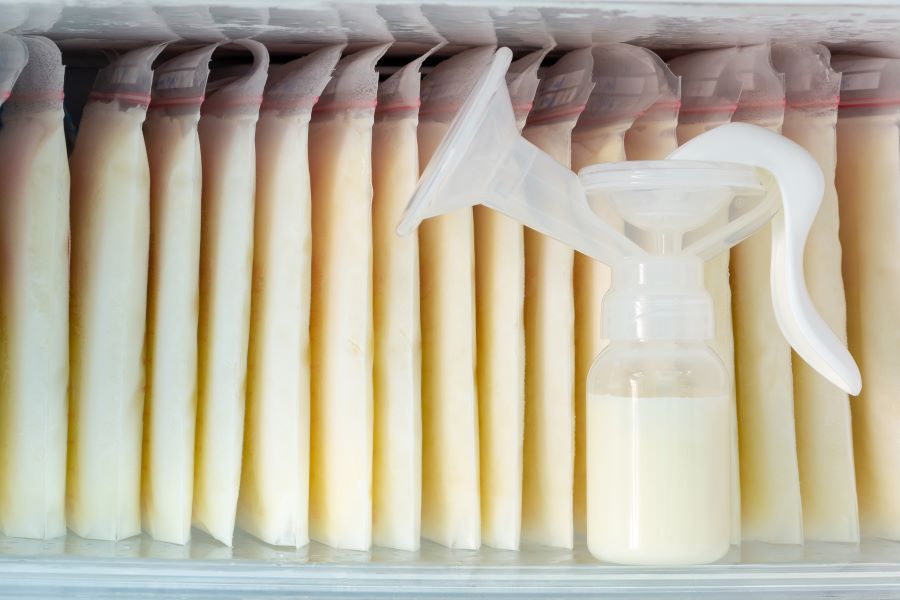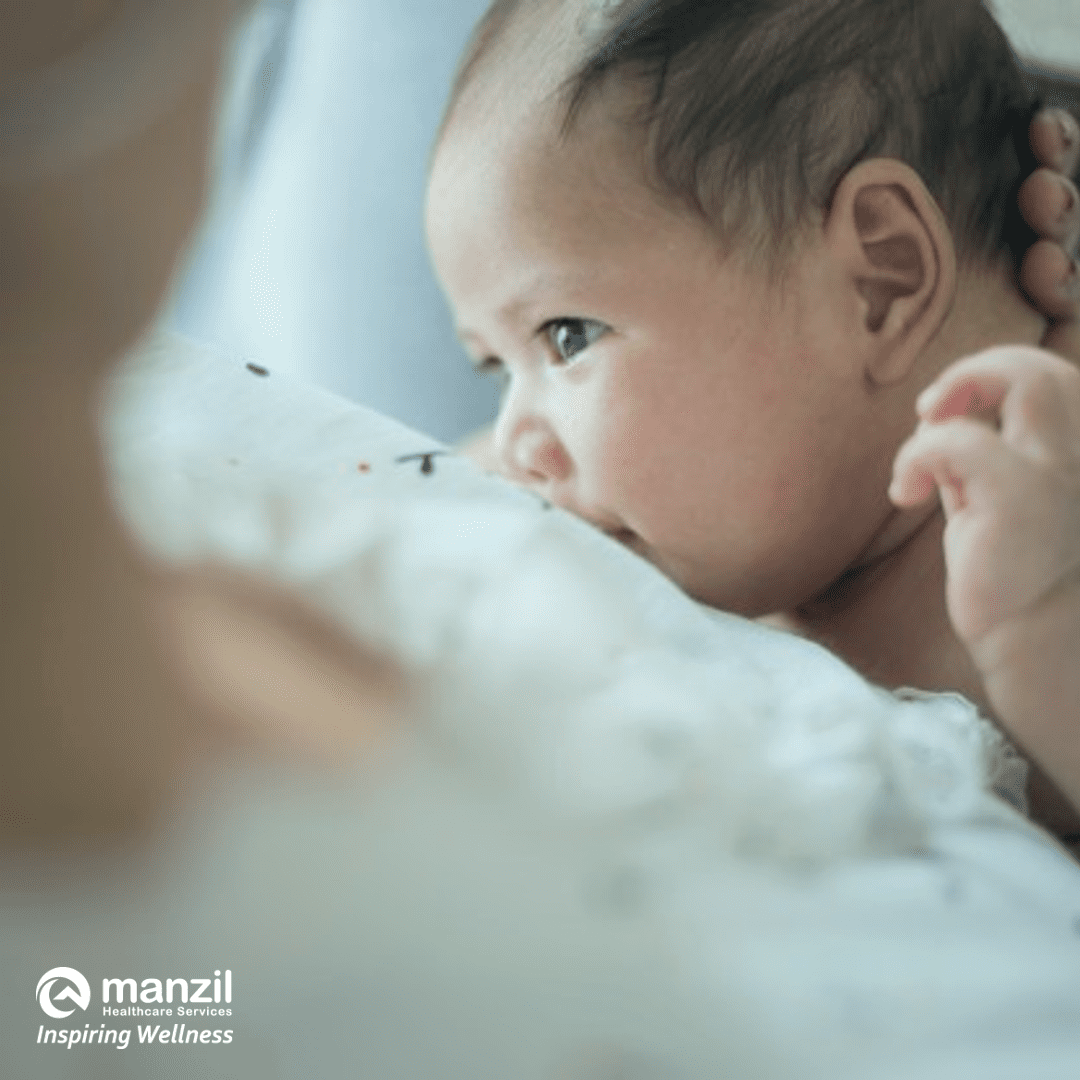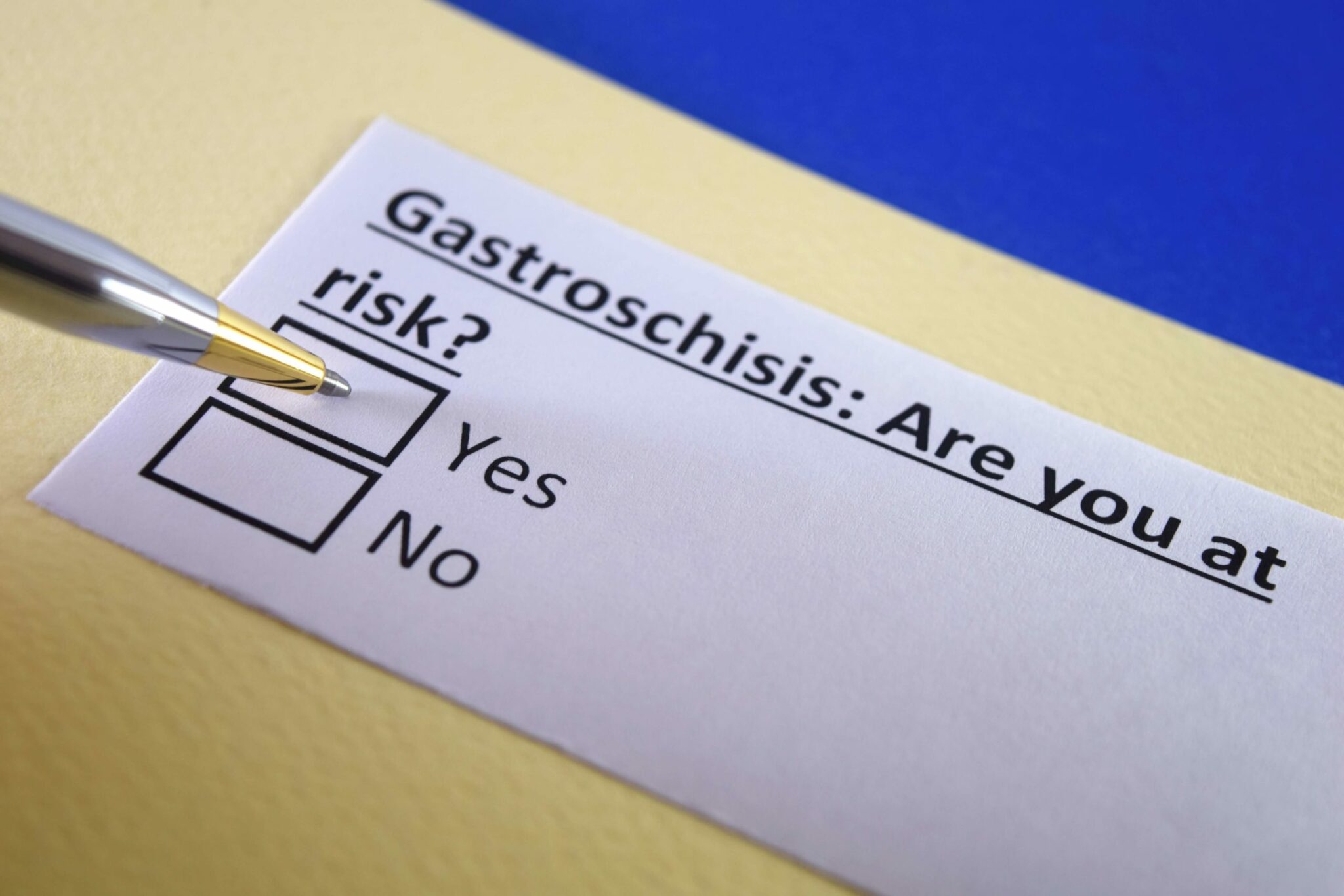How to Store Breast Milk


Breastfeeding is wonderful for you and your baby, but it\’s not always convenient. For a variety of reasons, breastfeeding moms might need to pump and store milk for later. The good news is that breast milk can be safely stored, provided you follow a few basic safety tips to ensure that it stays fresh and contamination free.
It is always important to store breast milk in containers that have been washed in hot, soapy water prior to storing. Hard, plastic containers or specially made breast milk freezer bags are ideal for storage. Make sure to put only the amount that you think your baby will need for one feed in each container to avoid waste.
At room temperature, breast milk will stay fresh for up to six hours. In an insulated cooler packed with ice, it can last for a full day which is great for daylong road trips or events where breastfeeding is not practical.
Breast milk can also be easily stored in the refrigerator. If you put bags or bottles of breast milk in the fridge, store them near the back where it’s the coldest. Never store breast milk in the refrigerator door, where temperature control is uncertain. Properly refrigerated milk can last for 5-8 days before you’ll need to discard it.
Breast milk can also be frozen. It\’s best to freeze fresh breast milk in a freezer-safe container. Properly sealed and frozen breast milk will last for up to six months in a standard upright freezer, and stay fresh for up to a year in a chest-type freezer. Breast milk should not be placed in the freezer door.
If you need to defrost frozen breast milk, use the refrigerator and allow for several hours to fully thaw. Do not defrost breast milk on the counter. After the milk is thawed, gently warm the bottle in a bowl of warm water before feeding to baby. Do not microwave breast milk to warm it up. Microwaves don\’t heat evenly and can result in hot spots in the milk that could burn your baby’s mouth.
Before feeding your infant with thawed breast milk, give the bottle a few solid shakes to mix in any fat that might have separated. Discard any extra milk whether or not you tried to feed it to your baby or not. You should not refreeze or store breast milk that has been previously frozen and thawed.
Even if you’re only freezing or storing one bag of breast milk, it’s a good idea to date your storage container and use the oldest bottles first. Some research suggests that the longer breast milk sits, the more nutrients like vitamin C it loses. Bacteria-fighting components of breast milk may diminish after two days of refrigeration, and long-term freezing may reduce the quality of fats in breast milk.
Sources:
- The Mayo Clinic
- Breast milk storage: do’s and don’ts. Centers for Disease Control and Prevention
- Proper handling and storage of human milk.
Powered by Bundoo®













































